Hearing Aid Styles and Features
Over the last few decades, hearing aid technology has made leaps and bounds in effectiveness and availability.
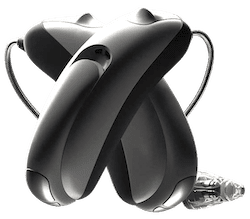
No matter what your hearing profile, lifestyle, personal style preferences, or budget – there will likely be a hearing aid that meets your needs.
While the expansion of technology and abundance of choice is great, it can also make researching and choosing a hearing aid feel a bit overwhelming.
At Wisconsin Hearing Aids, we will work with you every step of the way to help you make the best decision for your hearing health and needs. Although we will be there to guide you, it is helpful to understand some hearing aid basics before getting the process started. Here, we provide a brief overview of hearing aid styles and features.




Hearing Aid Components
All hearing aids use the same basic parts to pick up sounds from your environment, amplify them, and process them to assist with hearing. Small microphones collect sounds from the environment. A computer chip with an amplifier converts the incoming sound into digital code. It analyzes and adjusts the sound based on your hearing loss, listening needs and the level of the sounds around you. The amplified signals are then converted back into sound waves and delivered to your ears through speakers.
In terms of power source, hearing aids are powered by battery. With traditional hearing aids, batteries will vary depending on the style of hearing aid. Rechargeable hearing aids use lithium-ion technology and are becoming more popular, as they provide users with convenient charging stations and more confidence in battery life.
Hearing Aid Styles
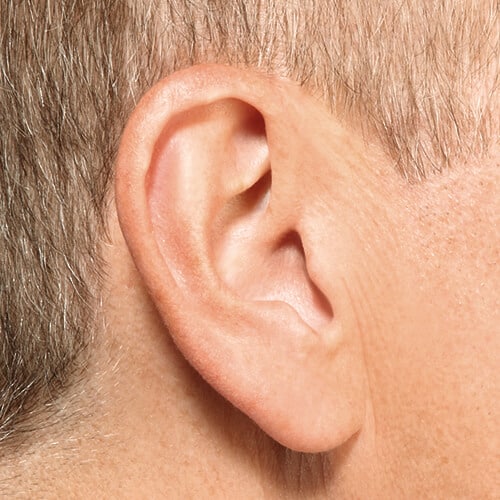
Invisible-In-The-Canal (IIC)
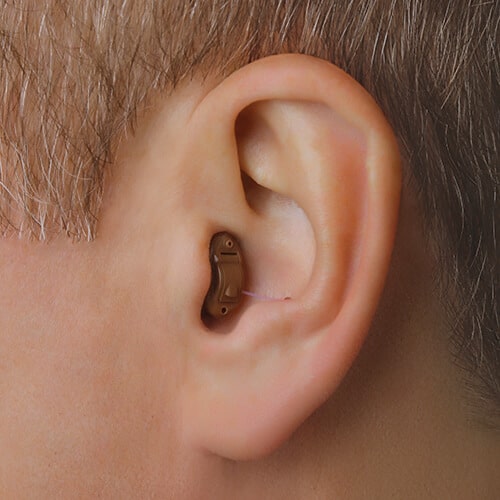
Completely-In-Canal (CIC)
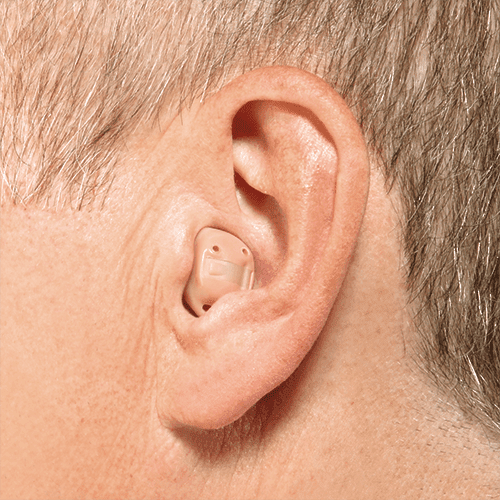
In-The-Ear (ITE)
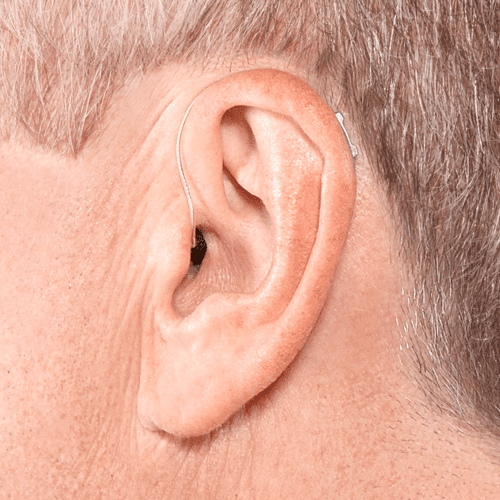
Receiver-In-Canal (RIC)
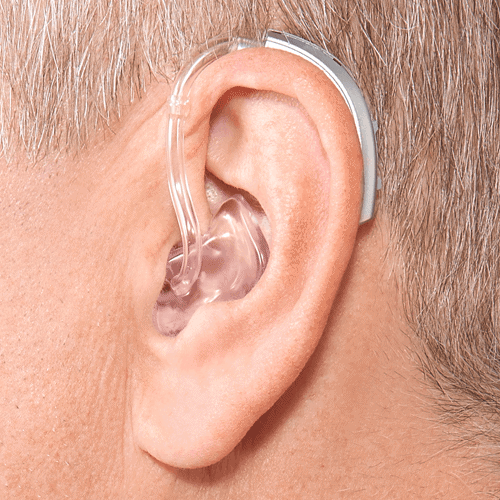
Behind-The-Ear (BTE)
Hearing Aid Features

Speech Understanding

Tinnitus Therapy

Rechargeable Batteries


